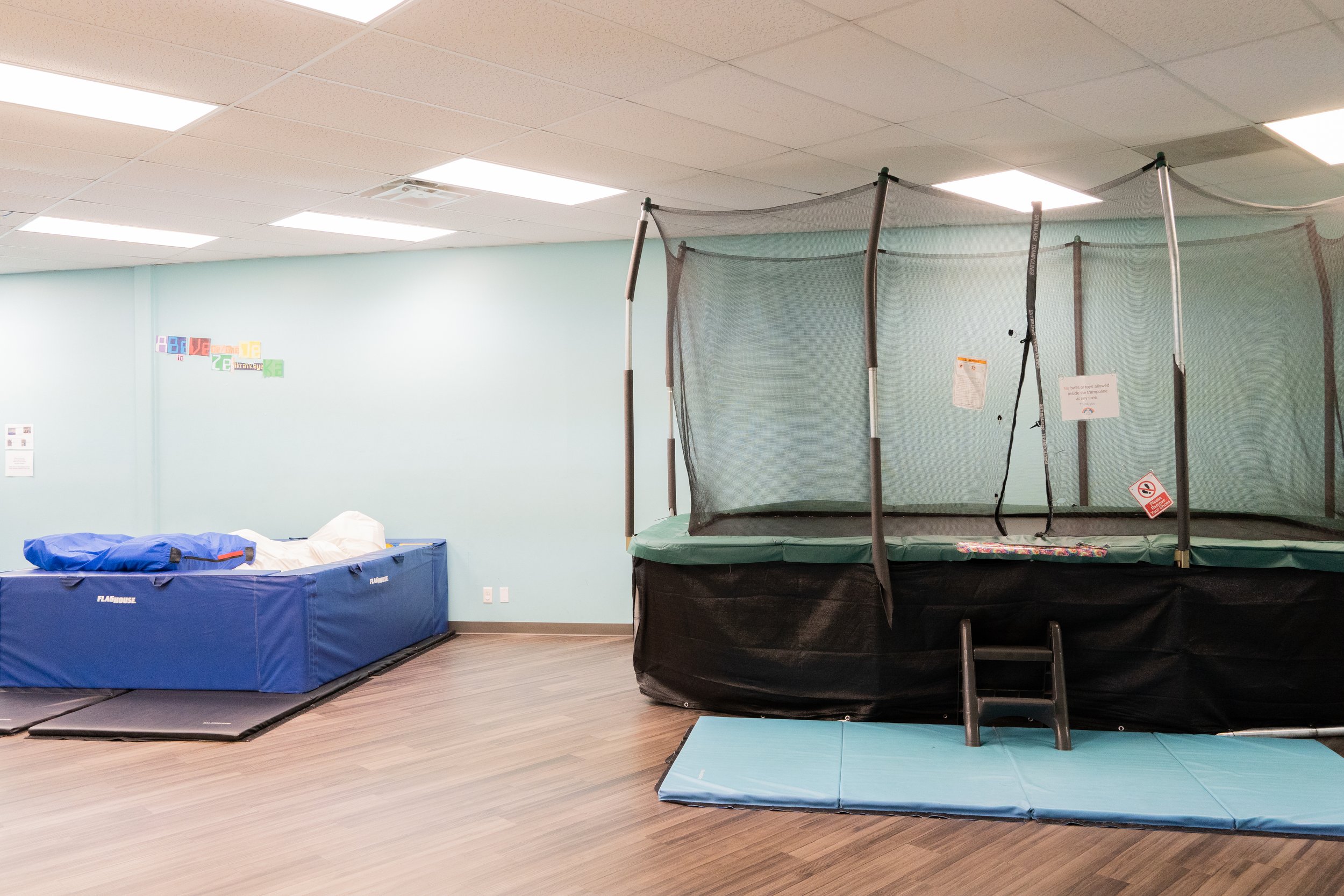ABA THERAPY
FAQs
-
At TLC we focus on engagement and increasing independence rather than focusing on compliance of behaviors like most ABA programs. It's been clinically proven that for new neuro synapsis to be created, activities need to be fun and enjoyable. We use a child led, play based model in our play spaces and believe happy learners make progress. We collaborate with occupational therapists and speech therapist to maximize sensory, feeding and communication progress.
-
ABA therapy is based on the science of how human behavior works. In ABA the term “behavior” refers to all observable behavior, not just challenging behavior. ABA therapy uses the science of how environment impacts behavior to teach behavioral skills related to social interaction, communication, school readiness, and self-care. ABA therapy is also effective in decreasing behavior that can impede an individual’s quality of life – such as, physical aggression, self-injury, and elopement – by seeking to understand why the behavior is occurring and teaching replacement behaviors. ABA focuses on teaching what to do instead of what not to do.
-
Discrete Trial Learning (Training) is based on the understanding that practice helps a child master a skill. This is a structured teaching technique that involves intensive learning of specific behaviors. Skills are taught in repetition during several trials. This repetitive teaching can benefit children who may need multiple opportunities to practice a skill to master it.
Incidental Teaching (or Natural Environment Training) is based on the understanding that it is important to give real-life meaning to the skills a child is learning. It includes a focus on teaching skills in settings where your child will naturally use them. Using a child’s natural everyday environment in therapy can help increase the transfer of skills to everyday situations and helps generalization. In Incidental Teaching, the therapist utilizes naturally occurring opportunities in order to help the child learn skills. The activity or situation is chosen by the child, and the caregiver or teacher follows the child’s lead or interest. These teaching strategies were developed to facilitate generalization and maximize reinforcement. Once naturally occurring situations in which a child expresses interest are identified, the therapist then uses prompts to encourage responses from the child. For example: a child is playing on the swings and needs the therapist to push him so that he can swing higher. The therapist waits on the child to ask for a push, and only after the child asks does the therapist push the swing. The therapist waits for the child to ask each time before he/she pushes the child again.
Verbal Behavior is similar to discrete trial training in that it is a structured, intensive, one-to-one therapy. It differs from discrete trial training in that it is designed to motivate a child to learn language by developing a connection between a word and its meaning. For some children, teaching a word or label needs to include a deliberate focus on teaching them how to use their words functionally For example: “What is this?” “A cup.” “What do you use a cup for?” “Drinking.” “What do you drink out of?” “A cup.”
Pivotal Response Training is a naturalistic, loosely structured, intervention that relies on naturally occurring teaching opportunities. The focus of PRT is to increase motivation by adding components such as turn-taking, reinforcing attempts, child-choice, and interspersing maintenance (pre-learned) tasks. It takes the focus off of areas of deficits and redirects attention to certain pivotal areas that are viewed as key for a wide range of functioning in children. Four pivotal areas have been identified: a) motivation, b) child self-initiations, c) self management, and d) responsiveness to multiple cues. It is believed that when these areas are promoted, they produce improvements in many of the non-targeted behaviors.
TOUR OUR CLINIC
All of our clinic locations - including our ABA clinic - have a wide variety of open gyms for a full play based and sensory experience.







